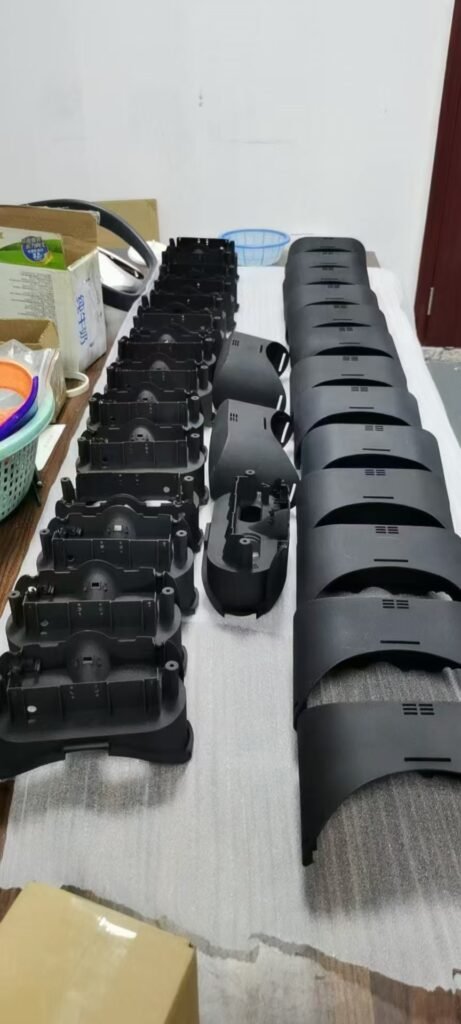Rapid Prototyping In The Injection Moulding Company
What is Rapid Prototyping?
Rapid prototyping is a method used to quickly fabricate a physical model of a part or product, typically using computer-aided design (CAD) data. This approach allows designers, engineers, and manufacturers to test and validate concepts, evaluate designs, and make iterative improvements in a swift and cost-effective manner. The core idea is to streamline the development process by creating prototypes faster than traditional methods, enabling faster feedback and refinement.

Key Technologies and Techniques
3D Printing (Additive Manufacturing):
One of the most widely recognized techniques in rapid prototyping is 3D printing. This process builds up layers of material—such as plastic, resin, or metal—based on the CAD model. Common types of 3D printing include:
Fused Deposition Modeling (FDM): Deposits thermoplastic material layer by layer, commonly used for creating functional prototypes.
Stereolithography (SLA): Uses a laser to cure liquid resin into hardened plastic, known for high precision and smooth surface finishes.
Selective Laser Sintering (SLS): Uses a laser to fuse powdered material into solid parts, suitable for complex geometries and functional prototypes.

CNC Machining (Subtractive Manufacturing):

CNC (Computer Numerical Control) machining involves cutting away material from a solid block to create the desired shape. This method is known for its accuracy and is often used for prototypes requiring high precision, such as metal or plastic parts. It is suitable for producing robust, functional prototypes.
Casting:

Casting techniques, such as silicone casting, involve creating a mold from a master prototype and then pouring or injecting material (e.g., resin, silicone) into the mold. This method is used for producing multiple prototypes or low-volume production runs and is useful for parts requiring fine details.
Injection Molding of Rapid Prototyping
For short-run production, rapid injection molding can be employed. This technique uses aluminum molds to create prototypes that are close to the final production parts in terms of material properties and finish. It allows for more accurate testing of the design before investing in high-cost steel molds for full-scale production.
Process Workflow
Conceptualization and Design:
The process begins with creating or finalizing the CAD model of the product. This digital design serves as the blueprint for the prototype. It must be detailed and accurate to ensure that the prototype meets the design specifications.
Testing and Evaluation:
Once the prototype is completed, it is subjected to various tests to evaluate its form, fit, and function. This may include functional testing, user feedback, or simulation of real-world conditions to ensure that the prototype meets the design objectives.
Iteration and Refinement:
Feedback from testing is used to make necessary design changes. Rapid prototyping allows for quick iterations, enabling designers to create revised prototypes rapidly and test them again, refining the design based on the results.
Finalization:
After the design is validated and refined, the prototype can be used for further development or final production. The insights gained from the prototyping phase help ensure that the final product meets the required standards and specifications.
Applications
Rapid prototyping is widely used across various industries, including automotive, aerospace, consumer products, medical devices, and architecture. It is essential for product development, engineering, and design, enabling faster time-to-market, better communication with stakeholders, and reduced development costs.
Challenges
Despite its benefits, rapid prototyping has challenges, such as material limitations, accuracy and surface finish discrepancies, and balancing cost versus quality. Choosing the right method and material is crucial to overcoming these challenges and achieving successful prototyping outcomes.


